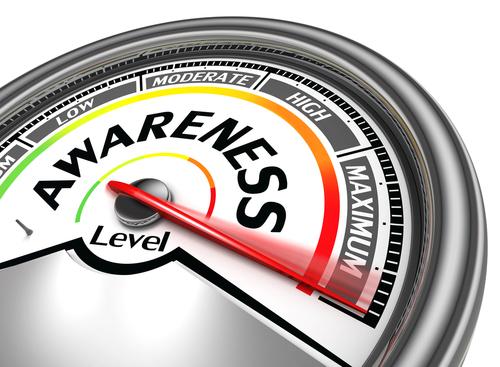B2B marketing has never been easy. With the number of people involved in the decision making process, the predictable slow pace of sales cycles, and often complicated technical specifications, it’s difficult to attract the attention of your audience that is overloaded with short attention spans, busy schedules, and limited budgets.
In the modern B2B marketing environment, customers have become much harder to reach by conventional sales methods, and traditional approaches are losing their effectiveness. In addition, there is also the influence of social media consumption to consider. This makes marketing to a B2B customer a brand new ball game—how does a business know what B2B customers value, and how should they connect with them?

Marketing to the Collective
B2B customers are vastly different than B2C customers. First of all, B2B customers have a more complex decision-making environment that is composed of multiple people who are making decisions on behalf of the whole company (as opposed to an individual who makes decisions for themselves or a household)—these people may include board members, managers, and experts or consultants in certain areas. Since businesses need to go through multiple levels of approval, marketing to a B2B customer to make a sale can be a lengthy task.
While the regular customer happens to be fickle and buys based on want due to a different marketing strategy, B2B customers tend to be long-term buyers and buy based on need. The reason for this is that the B2B market is a lot smaller than the consumer one; even large B2B companies generally have fewer than 100 customers that drive sales. Knowing this should make marketing easier to B2B customers, but does it?
Offering the Best
While both B2C and B2B both use marketing strategies that involve public relations, advertising and direct/indirect marketing, the motivation to purchase is different. B2B marketing focuses on the logic of the product, while B2C marketing focuses more on the benefits of the product. For example, consumer products, such as smartphones and televisions, are standardized. B2B products tend to be customized, forcing B2B marketers to more carefully measure their time, money and resources in order to deliver the most cost-savings to their customers.
It also means offering options whenever and wherever while remaining feasible and conducive to your brand. This can include anything from offering a bitcoin payment processor for those up on the trend to offering services in multiple languages. How can you feasibly offer what your main competitor isn’t without sacrificing your internal bandwidth? Be encouraged to find that angle and leverage it every way possible.
Although personal relationships in B2B markets are more important due to its smaller size, it seems that important marketing messages are lost on B2B customers. According to this study by McKinsey Quarterly, no global B2B company stated any affiliation with brand themes such as “fits in well with my values and beliefs” and “is a leader in the field”, raising the question: how valued do B2B customers feel?
Bridging The Gap
Given that B2B marketing from start to finish is a rather lengthy process, finding a marketing theme that will connect to B2B customers and making them feel as valued as a regular consumer should be central to your B2B marketing efforts. That means you need a message that is vastly different from your consumers. In this example, saying the same thing that your competitors are saying won't tip the scales in favor of them buying your products and services.
According to Pareto's principle, 20% of your efforts lead to 80% of your results. When applied to business and sales it that means that the 20% represents the most loyal customers, those who provide consistent revenue and are easy to work with. It means their business has a stronger chance at finalizing a sale, and like in consumer marketing, this 20% can also help you network with more clients to make sure your B2B marketing efforts get noticed. In fact, it can actually be beneficial to let go of some of your customers so you can deliver a more quality product to the 20% that will buy your products and services long term. Customers that you should let go of include ones who provide low or negative profit margins, or are problematic to deal with.
Taking Care Of Business
B2B customers are essentially what businesses want the ideal consumers to be like, however, you should also apply marketing techniques that are used in consumer marketing as well to B2B customers, or even try out something new—human to human (H2H) marketing, which encourages better relationships with said customers. Establishing relationships is very important in B2B marketing and you should encourage your sales and technical teams to make lasting impressions on your customers, as they will be spending a lot of time encouraging the customers to buy your products and services. This makes for a successful B2B marketing strategy.
Dave Landry is an online business journalist and personal finance counselor in Southern California. Using his experience working in start-ups and small businesses, he often shares his knowledge with other entrepreneurs. When he is not sharing debt management advice, he enjoys writing about SMB marketing strategies, social media, business communications, and globalization. Connect with him on LinkedIn and Twitter today.